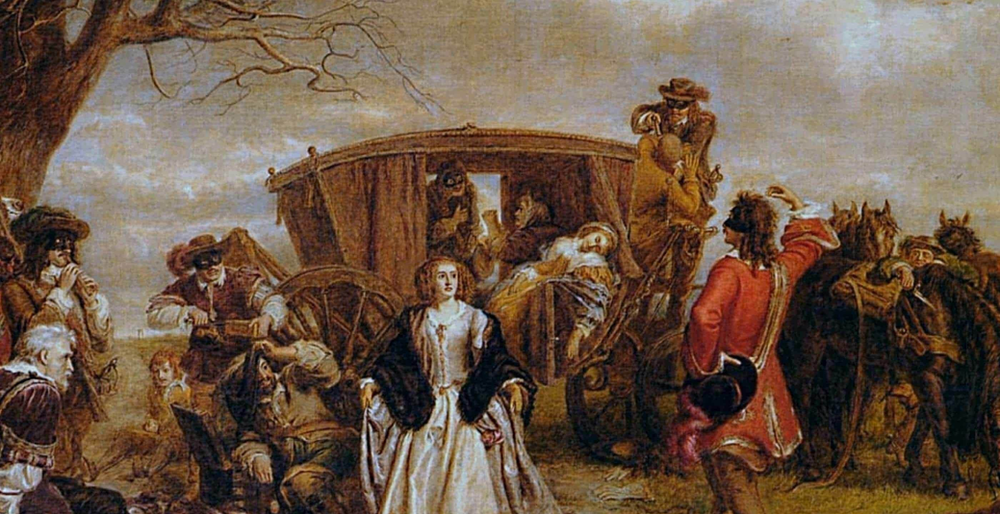
Crotty the Robber is a name that many of us around the south-east will be familiar with though not everyone knows the history behind this famous name. In fact, while Crotty is the namesake of landmarks in that area, like Crotty’s lake, he was in fact famous for being the leader of an outlaw gang of mountain men. This band of merry men, along with their leader acted in much the same way that heroes of storybooks do, robbing the rich and taking what they needed but also giving support to the local poor – but his story isn’t quite a fairytale.

This real-life outlaw was born in Russeltown, a small townland on the western side of the Comeragh Mountains. As a young man he probably traversed every inch of those mountains until he knew them like the back of his hand. This knowledge would come in very handy later in life for the young William Crotty. the family were not wealthy, and in his youth they were evicted from their holding. Thievery was a common choice for some young poor men during this period when it was difficult to make a living without connections and they had entire families to support on what meagre income they could scrape together.
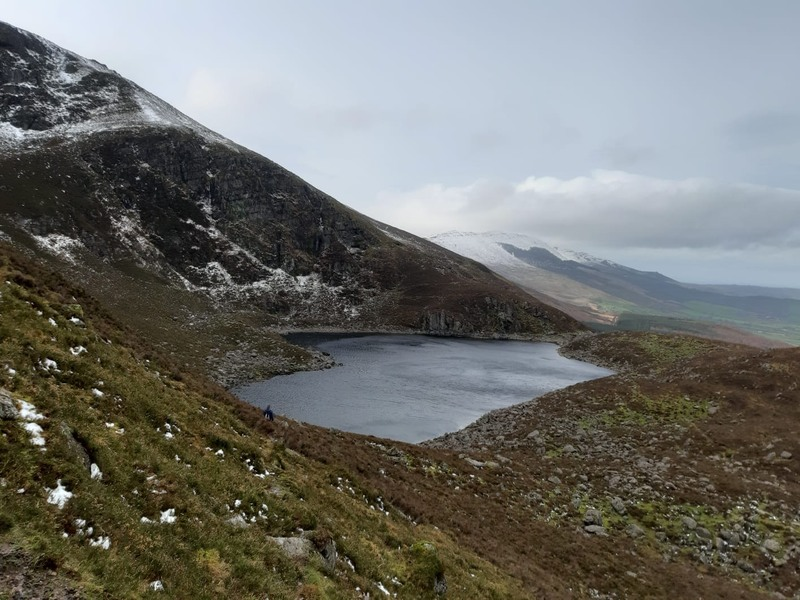
At some point following their eviction, Crotty began his career as a highwayman. Highwaymen and Rapparees were a feature of Irish society throughout the seventeenth and eighteenth centuries. At their core they were thieves, but much like American outlaws their lives were romanticised and many became legends in their own time and afterwards. William Crotty became especially popular in rural communities in County Waterford as a Robin Hood type character who stole from the rich and gave money back to the poor while also supporting himself and his gang of highwaymen. In reality he was ambushing the carriages of wealthy people and gentry on the Dungarvan Road and holding them up until they handed over their valuables before disappearing back into the safety of the Comeraghs.
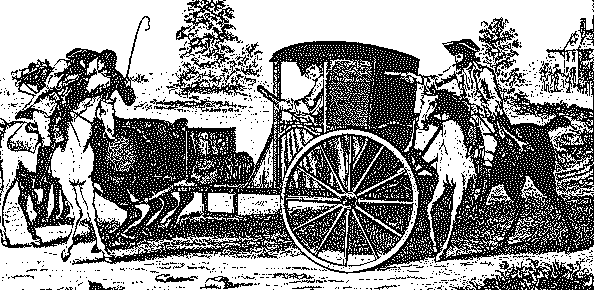
He proved almost impossible for authorities to catch thanks to his knowledge of the mountains allowing him to slip away in the blink of an eye. He allegedly shoed his horses backwards to deceive anyone who tried to follow him and kept his hideout in a cave in the wilderness of the Comeragh Mountains. The cave was difficult to make out amongst the rocks and difficult to access even if it was discovered. Thanks to its position at the edge of the lake and the height of the mountains themselves it was ideal for any lookouts to spot forces coming their way before they reached them.
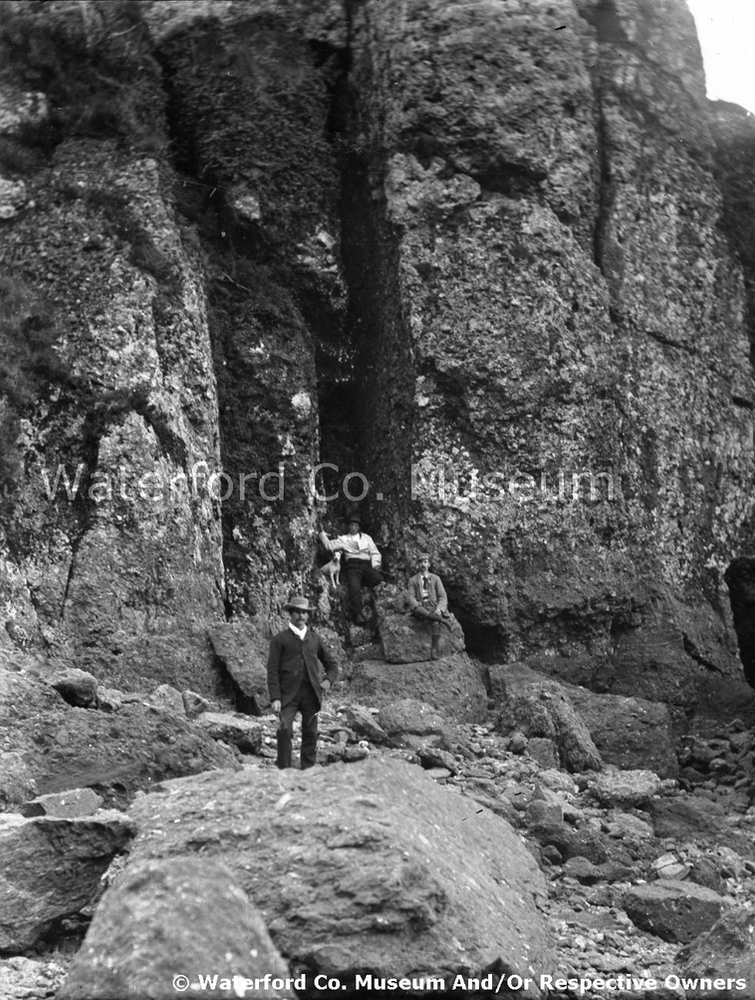
Due to his success as a thief and highwaymen, there was very quickly a price put on his head by local authorities. Despite being loved by local people he helped to feed and support, some people almost certainly attempted to cash in on this price. Allegedly two boatmen on the river Suir hired by Crotty had one such idea at some point and attempted to inform the police. When Crotty realised what was happening he pulled a gun on one of the boatmen and advised them to ‘pull upstream for their lives’. We don’t know the fate of the men, but he seems to have left them alive and escaped into the night once again.
The boatmen never did get their money because sadly Crotty’s eventual fall was brought about by one of his own. As you can imagine, an outlaw of such proportions, who proved nearly uncatchable was a source of some irritation for the authorities. They eventually realised that chasing him into the mountains he knew so well was not exactly working and so turned to sneakier means to root him out. Crotty had no shortage of friends in the area and his crew had always been loyal, but as we know, there is not always honour among thieves and one of them, David Norris, accepted a bribe to turn in his friend.
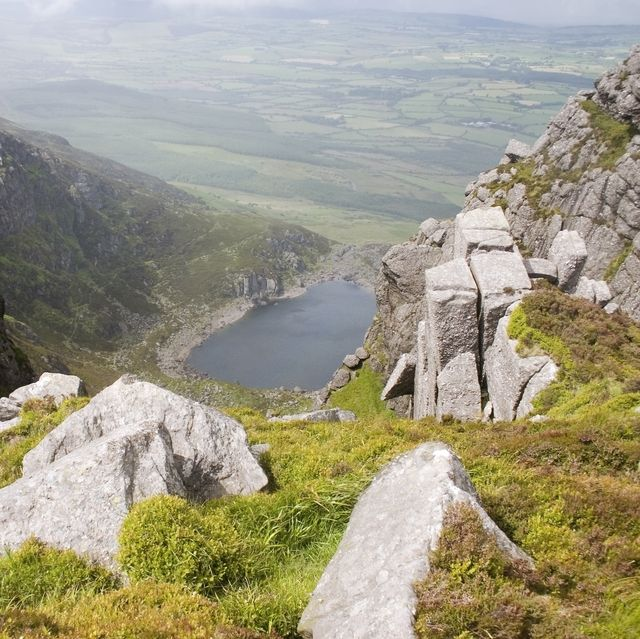
Norris had been Crotty’s most trusted companion according to the legend but in February of 1742 Norris got Crotty drunk with whiskey, waited for his to fall asleep, wet his gunpowder, stole his dagger and alerted the local forces to his location. When they arrived to arrest him our poor outlaw didn’t stand a chance. In the ensuing struggle the outlaw was shot in the jaw but the shot was not fatal and he survived to be tried for his crimes. Crotty was tried in Waterford the following month and sentenced to death by hanging. In the eighteenth century it was common to make an example of criminals to encourage good behaviour among the general population and Crotty was exactly the kind of criminal they were after. To this end, after his death his head was removed and set on a spike high up on the wall of Waterford jail as a warning to other would-be outlaws.
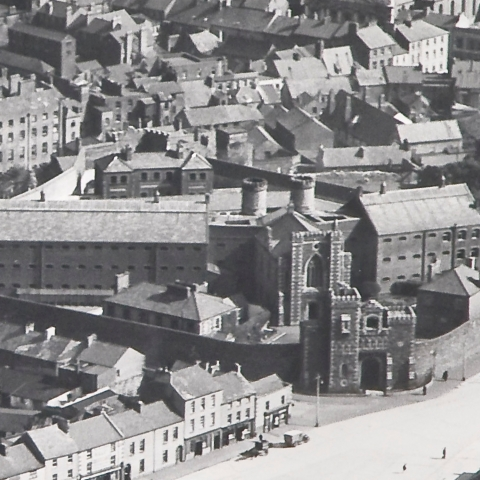
His story doesn’t end there of course and he gives his name to Crotty’s Lake, Crotty’s Rock and Crotty’s Cave. There is also the matter of his alleged gold stashed away in the mountains in a long-untouched hidey-hole. We cannot of course comment on the validity of these legends but its said that if you head up the Comeraghs on a misty day, Crotty’s ghost will emerge as the Dark Stranger and lead you to a rock that bears a hoofprint, under which the treasure can be found.


